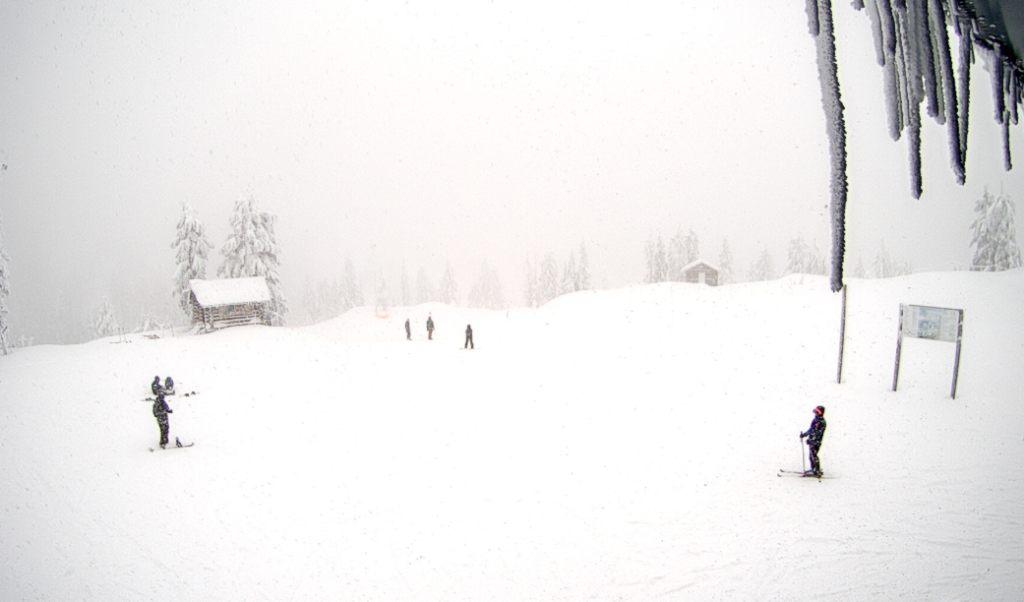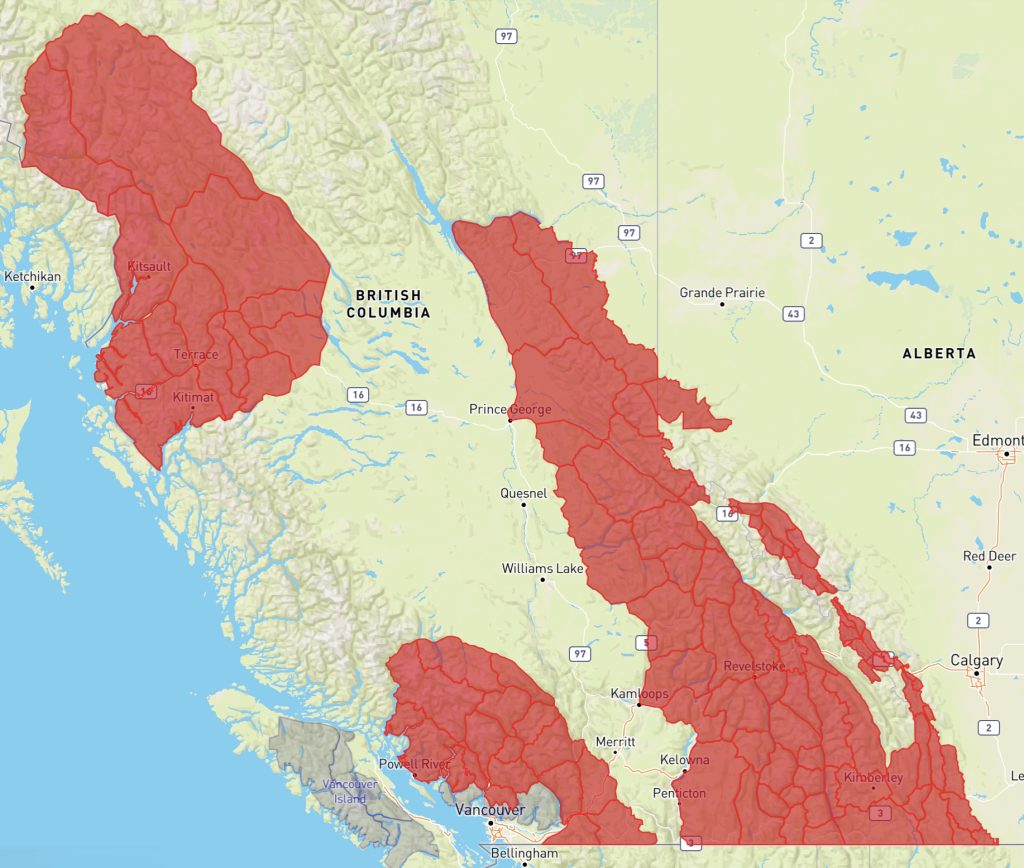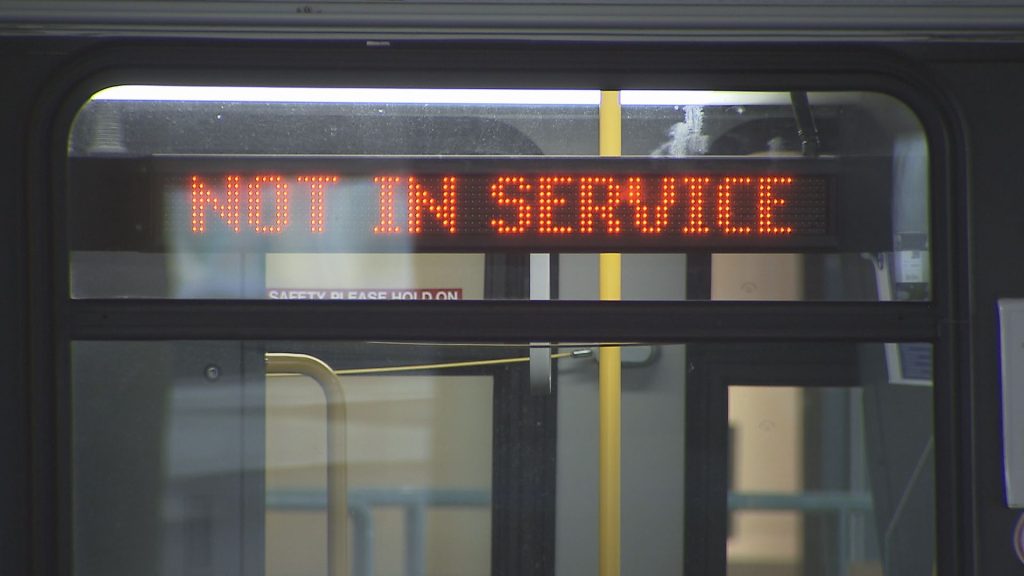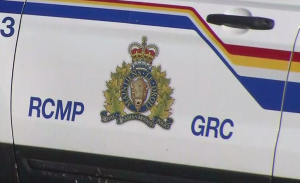Busy ski weekend expected with powder conditions at North Shore, Whistler resorts

Posted March 1, 2024 3:13 pm.
Last Updated March 1, 2024 3:14 pm.
It’s been a long winter of variable conditions for skiers and snowboarders around the South Coast of B.C., but big time snow has finally arrived for the North Shore mountains and Whistler Blackcomb.
Mt Seymour, Grouse, and Cypress each got walloped with nearly 100 centimetres of snow in the last week. Meanwhile, Whistler Blackcomb got a generous 110 cm. All the resorts are forecasting cooler temperatures and a few flurries throughout the weekend.
That means two things: first, people are stoked. Second, it’s going to be busy.
Simon Whitehead, marketing and communications manager for Mt Seymour, says after 95 cm of fresh snowfall, things are looking great.
“Things are looking very different to what they were about a week ago,” he told CityNews. “We’re really excited to be open — as I’m sure the whole of Vancouver is as well.”
Whitehead says resort staff are working hard to open up as much terrain as possible.
“As you can imagine, when a mountain has been on pause for a while, we lose a few staff. So, we’re busy doing everything we can to open up everything as fast as we can,” he said.
Other mountains in the region are looking great as well. Manning Park got 67 cm this week, while on Mt. Baker, just over the border, it’s a powder bonanza, with 120 cm falling in just the last few days.
Play it safe in the deep snow this weekend
With all this fresh snow, it may be tempting to chase after the deep powder. However, the risk of tree well immersion is high right now.
Meanwhile, backcountry users should be aware there is a special public avalanche warning in place, covering just about every mountain range in British Columbia.
Avalanche Canada says the warning will remain in place through to the end of day on Monday, March 4.

“Recent storms have deposited a significant amount of snow across Western Canada. This new snow sits on prominent weak layers established during drought conditions in February. In some areas, there is more than one weak layer,” the agency said.
Avalanche Canada is advising backcountry users to choose conservative terrain like lower angle slopes, avoiding overhead avalanche hazards, and playing it safe.








